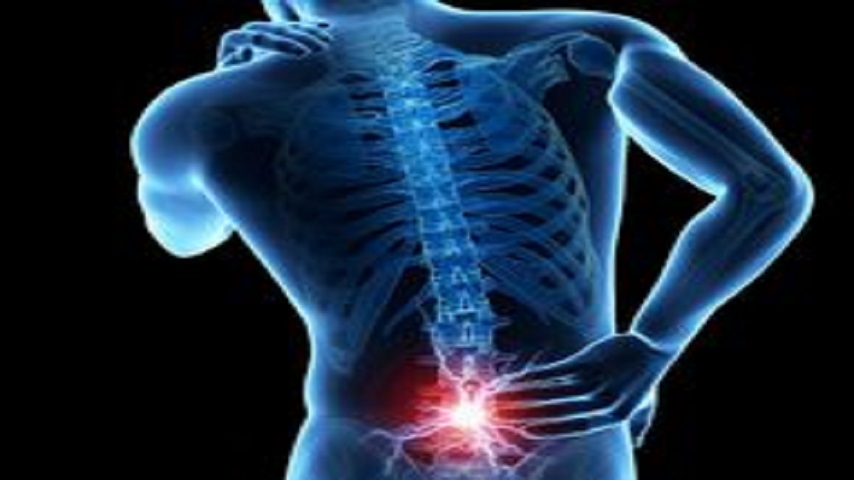
Chronic and severe pain can significantly impact every aspect of a person’s life, from their physical well-being to their emotional health. Understanding the causes and effects of severe pain is crucial in finding effective relief strategies. This article delves into the various conventional treatments, alternative therapies, mind-body practices, and emerging technologies that can help individuals in their battle against severe pain. Additionally, we explore the importance of lifestyle changes and self-care strategies in managing and alleviating the debilitating effects of chronic pain.
Understanding Severe Pain: Causes and Impact
Common Causes of Severe Pain
From pesky toothaches to the dreaded migraine, severe pain can stem from a variety of sources. Conditions like arthritis, nerve damage, and injuries are common culprits behind this unwelcome sensation.
Physical and Emotional Impact of Severe Pain
Severe pain doesn’t just hurt your body; it can take a toll on your mind and emotions too. The constant discomfort can lead to anxiety, depression, and a decreased quality of life.

Conventional Treatments for Severe Pain
Medication Options for Severe Pain
From over-the-counter pain relievers to prescription opioids, medications are often the first line of defense against severe pain. However, it’s essential to use them responsibly and under the guidance of a healthcare professional.
Physical Therapy and Rehabilitation
Physical therapy can work wonders in reducing pain and improving mobility. Through targeted exercises and techniques, physical therapists help patients regain strength and functionality.
Exploring Alternative Therapies and Pain Management Techniques
Acupuncture and Acupressure
These ancient remedies involve stimulating specific points on the body to alleviate pain. While the idea of needles may make some cringe, many find relief and relaxation through these practices.
Herbal Remedies and Supplements
Nature offers a treasure trove of potential pain-relieving remedies. From turmeric to CBD, herbal supplements are gaining popularity for their potential to reduce inflammation and discomfort.
The Role of Mind-Body Practices in Pain Relief
Meditation and Mindfulness
Quieting the mind can help dull the intensity of pain. Meditation and mindfulness techniques teach people to focus on the present moment, easing both physical and emotional distress.
Yoga and Tai Chi
These gentle forms of exercise combine movement, breath work, and mindfulness to promote relaxation and reduce pain. Plus, they offer a soothing break from the chaos of everyday life.# Emerging Technologies and Innovations in Pain Management
Virtual Reality Therapy for Pain
Imagine putting on a pair of goggles and being transported to a serene beach, all while your severe pain fades into the background. Virtual reality therapy is not just for gaming anymore – it’s making waves in the world of pain management. By immersing patients in calming virtual environments, this innovative therapy helps distract the brain from pain signals, providing much-needed relief.
Neuromodulation Techniques
When traditional pain management methods fall short, neuromodulation techniques step in to save the day. These cutting-edge approaches involve targeting specific nerves through electrical or chemical signals to disrupt pain messages to the brain. From spinal cord stimulation to deep brain stimulation, neuromodulation is revolutionizing the way we combat severe pain.
Lifestyle Changes and Self-Care Strategies for Managing Severe Pain
Diet and Nutrition for Pain Management
You are what you eat – and that includes how you experience pain. By adopting an anti-inflammatory diet rich in fruits, vegetables, and omega-3 fatty acids, you can help reduce inflammation in the body and alleviate pain. Say goodbye to processed foods and hello to a plateful of healing nutrients that nourish your body from the inside out.
Exercise and Physical Activity Recommendations
When dealing with severe pain, the last thing on your mind might be hitting the gym. However, staying active is key to managing pain and improving overall well-being. Low-impact exercises like swimming, yoga, or tai chi can help strengthen muscles, increase flexibility, and release endorphins – your body’s natural painkillers. So lace up those sneakers and get moving towards a pain-free future.In conclusion, the journey to finding relief from severe pain is a multifaceted one that may involve a combination of traditional treatments, alternative therapies, and lifestyle adjustments. By staying informed about the available options and working closely with healthcare providers, individuals can take proactive steps towards improving their quality of life and reclaiming a sense of control over their pain. Remember, every small effort towards managing pain is a step in the right direction towards a brighter and more comfortable future.